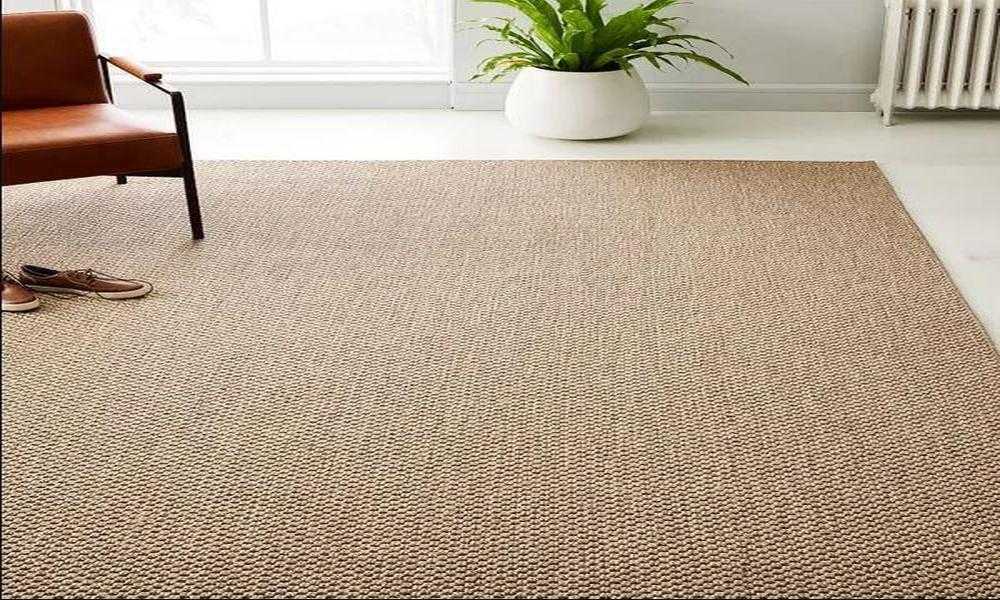
Enhancing Sisal Carpets with the Power of Natural Dyes
 Posted On
Posted On Sisal carpets, known for their durability and natural appeal, have gained popularity in the world of interior design. While the manufacturing process involves various steps, the use of natural dyes plays a crucial role in enhancing the overall quality and aesthetic appeal of sisal carpets. Let’s discuss about the role of natural dyes in the manufacturing of sisal carpets, highlighting their benefits and significance.
Understanding Natural Dyes
Natural dyes are derived from organic sources such as plants, minerals, and insects. Unlike synthetic dyes that are chemically produced, natural dyes are environmentally friendly and sustainable. They offer a wide range of vibrant and earthy colors that can add uniqueness to sisal carpets.
Preserving the Eco-Friendly Aspect
One of the key advantages of using natural dyes in sisal carpet manufacturing is their minimal impact on the environment. Natural dyes are biodegradable and do not release harmful chemicals during the manufacturing process. This eco-friendly approach aligns with the growing demand for sustainable and environmentally conscious products.
Enhancing Color Variety
Natural dyes offer a rich palette of colors, allowing manufacturers to create a wide variety of hues and shades for sisal carpets. From warm earth tones to vibrant jewel-like shades, natural dyes provide endless possibilities for customization. This versatility enables sisal carpets to match diverse interior design preferences and trends.
Promoting Health and Safety
Synthetic dyes often contain harsh chemicals that can emit volatile organic compounds (VOCs) and cause allergic reactions in sensitive individuals. On the other hand, natural dyes are hypoallergenic and free from harmful substances, making sisal carpets a healthier choice for both humans and pets.
Achieving Colorfastness
Colorfastness refers to the ability of a dye to resist fading or bleeding over time. Natural dyes, when applied correctly, exhibit excellent colorfastness on sisal carpets. This means that the vibrant colors will remain intact and resist fading even with prolonged exposure to sunlight, ensuring the longevity and beauty of the carpets.
Embracing Cultural Heritage
The use of natural dyes in sisal carpet manufacturing also preserves cultural heritage and traditional craftsmanship. Many cultures have a long history of dyeing fibers with natural materials, and by continuing this tradition, manufacturers contribute to the preservation of cultural techniques and knowledge.
Encouraging Artisanal Skills and Fair Trade
The production of natural dyes often involves artisanal skills, where local communities extract dyes from plants or insects using traditional methods. By incorporating natural dyes in sisal carpet manufacturing, companies can support fair trade practices, providing livelihood opportunities and empowering local communities.
Conclusion
Natural dyes bring numerous benefits to the manufacturing of sisal carpets. By choosing sisal carpets dyed with natural dyes, consumers can not only enhance the beauty of their living spaces but also make a positive impact on the environment and the lives of others.






